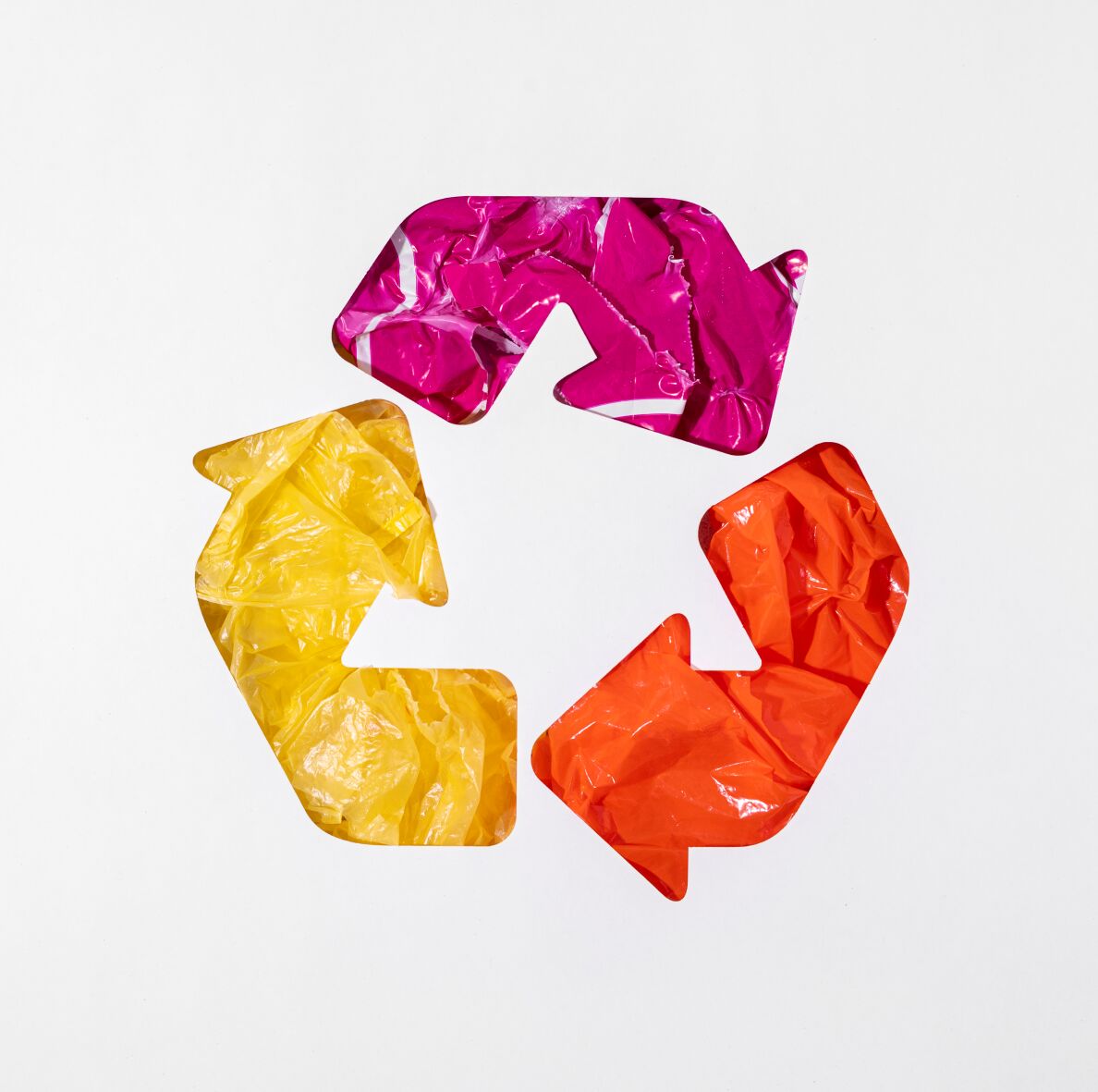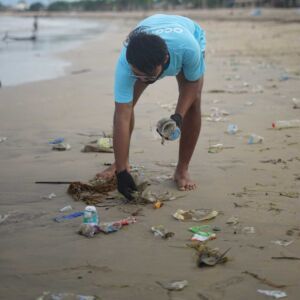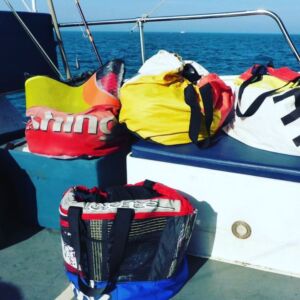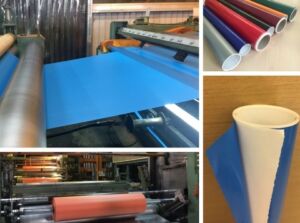
06 Apr Vinyl and the Environment
Can you make vinyl environmentally green?
Should the words vinyl and the environment be used positively in the same sentence? Well, maybe. Let’s explore the positives.
Vinyl’s proper name is Polyvinyl Chloride (PVC) and it is one of the world’s most widely produced synthetic polymer plastic. Created from ethylene (found in crude oil) and chlorine (found in salt), both substances combine during processing to create PVC. We use both the rigid (tecafoam and correx boards) and the flexible (printed and cut) types of vinyl. The rigid vinyl is the same product used to create pipes and double glazing frames. Flexible vinyl also comes in many types and forms, for different purposes. Those of a certain age will forever relate vinyl to music. Remember the Blue Peter sticky back plastic? Yes, that too is vinyl.
This manmade plastic material probably has more uses compared to any other plastic in the world. But it is also, on the whole, the most challenging to recycle. It is because the very properties we value in vinyl make it incompatible with current recycling technology. Vinyl is resistant to moisture and humidity. It is very strong and durable. It is easy to clean and disinfect. Vinyl can be cheaply manufactured in lots of colours and can be transparent or solid. It is relatively cheap to produce, although that is changing as the cost of oil increases. Vinyl has a long life span because of its durability. And we can absolutely guarantee that every household and car in the UK has some PVC in it. But can a manufactured product with a long life span be friendly to the environment?
Is vinyl really the environmental pariah Politicians will have us believe?
We all know certain plastics that can be recycled, but here in the UK many plastic films, types of vinyl and solid PVC still cannot be recycled. But vinyl is a sustainable material. Vinyl helps in the preservation of environmental resources as 57% is made from common salt, which is a renewable natural substance. Non-replenishable resources such as crude oil only account for 43% of vinyl resin, so it is more sustainable than not. Vinyl is mostly a LEM product – Low Emissions Manufacturing – meaning it uses much less energy for manufacture and releases lower emissions into the environment than other products used by the packaging industry. So all in all, it is not the big baddy in terms of sustainability and environmental damage that we might be led to believe.
So if PVC products are sustainable, why is there so much in our oceans?
 Anyone who has ever taken part in a beach clean will know that the majority of waste on the beach is made up of plastic items, or noodles (tiny fragments of PVC). It is perhaps unfair to blame the plastics industry as a whole when we know from previous articles that PVC is an essential, sustainably made product in our modern world. The human factor has to be recognised. Whilst humans collect the waste from the beaches, it is that same species that put it there! Here at Griffin Designs, we are passionate about vinyl because we recognise there is no natural product ready to create a workable substitute.
Anyone who has ever taken part in a beach clean will know that the majority of waste on the beach is made up of plastic items, or noodles (tiny fragments of PVC). It is perhaps unfair to blame the plastics industry as a whole when we know from previous articles that PVC is an essential, sustainably made product in our modern world. The human factor has to be recognised. Whilst humans collect the waste from the beaches, it is that same species that put it there! Here at Griffin Designs, we are passionate about vinyl because we recognise there is no natural product ready to create a workable substitute.
If lots of PVC plastics cannot be recycled, where does that leave us?
Vinyl is just about everywhere, and we are not just talking about vehicle wraps or vinyl records! It has so many medical uses, it is intrinsic to the construction and auto industries, and is beloved by toy manufacturers. It seems impossible that there will be a time when the world is plastic-free. It is inexpensive and easy to make into so many different essential products. There is no ‘natural’ product that comes near to replacing PVC in its many forms and even natural products take their toll on the environment. Think palm oil. But we know vinyl pvc takes hundreds of years to break down, and then it can be broken down into microplastics that are ingested by animals and even humans. Did you know that humans ingest up to 70,000 pieces of microplastics every year? Truly shocking. On balance, perhaps it is education on how to use this product in a safe and ecological way that will reduce the damage to our planet.
So what can YOU do to keep Vinyl out of the Landfill and thereby help the environment?
 The simple answer is to re-use it, re-purpose it and if possible, offer it for recycling. Many Councils in the UK accept PVC vinyl for recycling, but there are many types that they don’t. So before you put that packaging, banner or board into the black bin, why not find a way to re-purpose it. Always try to purchase products with less packaging, or recyclable packaging. But if there is no substitute why not pass the items on when you have finished with them?
The simple answer is to re-use it, re-purpose it and if possible, offer it for recycling. Many Councils in the UK accept PVC vinyl for recycling, but there are many types that they don’t. So before you put that packaging, banner or board into the black bin, why not find a way to re-purpose it. Always try to purchase products with less packaging, or recyclable packaging. But if there is no substitute why not pass the items on when you have finished with them?
- Many packaging items can be used for happy playtime or crafting or repurposed into something completely new.
- Cut-down drink bottles make great seedling pots or even watering systems.
- An unwanted vinyl banner is a great tarpaulin substitute, to cover bikes or garden furniture.
- Living close to the beach, as we are fortunate enough to be, they also make good windbreaks or waterproof mats on the sand.
- We have a lovely local lady, Caroline Bonar, who uses our unwanted banners combined with old dinghy sails to make beach changing bags.
- Our vinyl sheet offcuts tend to go to toddler groups, AmDram companies or crafters (for use with the increasingly popular Cricut machines).
- We re-use all our supplier packaging.
All of these measures mean that, as a company, we create very little waste that cannot be re-used, re-purposed or recycled. What could you be doing to reduce your environmental footprint?


